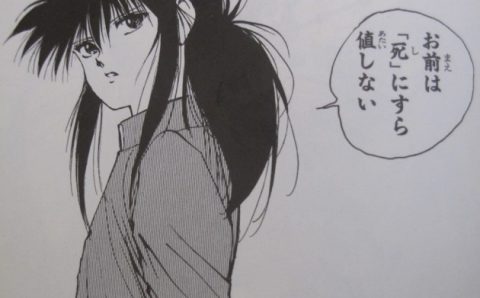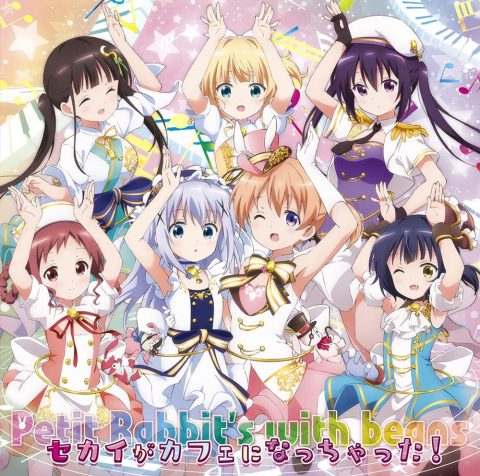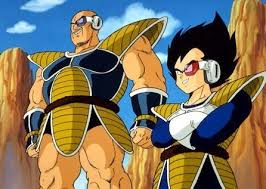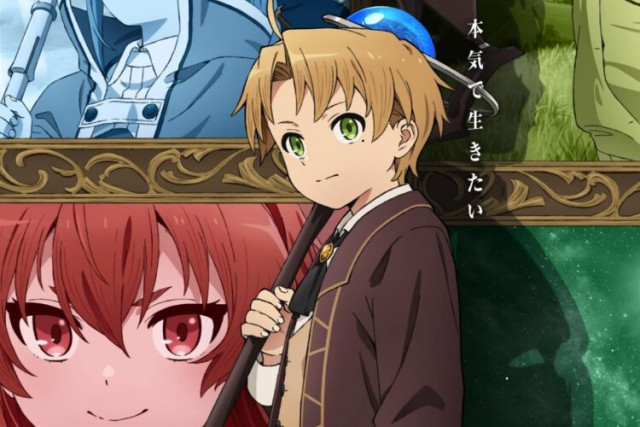There are currently many "anime works themed around monsters" in Japan, such as the anime "Demon Slayer: Kimetsu no Yaiba," which was the biggest hit in the history of Japanese animated films, the "Pokémon series," which is still popular around the world, and "Yo-kai Watch," which became an explosive hit with the spread of Yo-kai medals. Many readers may feel uncomfortable with the general term "monsters" for these characters, but these non-human characters are generally referred to as "monsters" overseas and are not classified in detail. Given that, many people may wonder, "Why are there so many different monster classifications in Japanese fiction?" In particular, in this work, "Ayashiki Triangle," in addition to the characters called ayashiki, there are also many genres of monsters, such as spirits and demons. So, this time, I would like to take a closer look at the question, "Why are there so many different monsters in Japanese fiction like this work?" If you are a fan who wants to know more about the ayashiki that appear in this work, be sure to check it out!
A view of monsters that only Japan has

It's a mystery as to why the monsters that appear in this work and other fictional works are classified in such detail, but in fact, most works that assign various classifications to the monsters that appear in them, like this work, are often the first in Japan.
"Ayakashi", "Yokai", "Shikigami", etc.
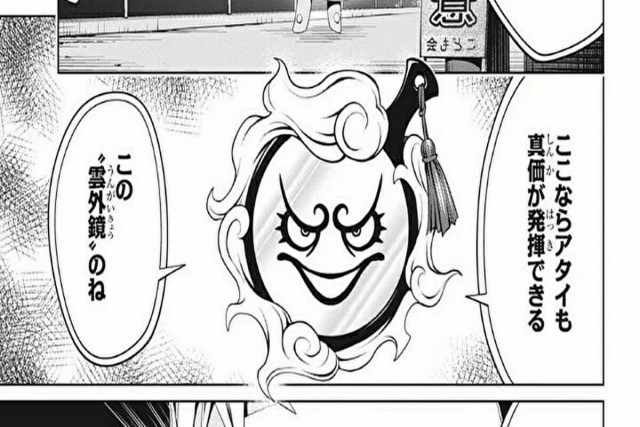
As seen in this work, in Japan there are many words to describe mysterious creatures with non-human wills. There are many names for them, such as "Ayakashi", which is also the title of this work, "Yokai", "Shikigami", etc. Even outside of fiction, these monsters appear in many scenes in our lives, such as blaming ghosts for strange things in our daily lives, or going to a shrine when we want to make a wish.
Why are there so many?
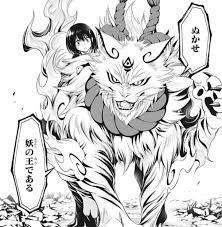
Why are there so many monster classifications in Japan? There is nothing strange about writing "God" for gods that are deeply intertwined with faith, but at first glance, ayakashi, yokai, and shikigami look exactly the same. In fact, they are treated almost the same in many works, and it is no longer possible to tell the specific differences.
Is this a way of thinking that is unique to Japan?!

In fact, these mysteries can be solved by unraveling the unique "view of monsters" that is deeply rooted in Japan. From here, I would like to introduce in detail the unique view of monsters that is unique to Japan and has developed uniquely in Japan.
Getting closer to Japan's "view of monsters"! !

What is the "monster view" that is deeply rooted in Japan? In order to solve this mystery, we must introduce the beliefs and culture of the Japanese people. From here, I would like to introduce the unique aspects of Japanese culture and explain how these cultures are connected to the Japanese view of monsters.
The Mysteries of Shinto
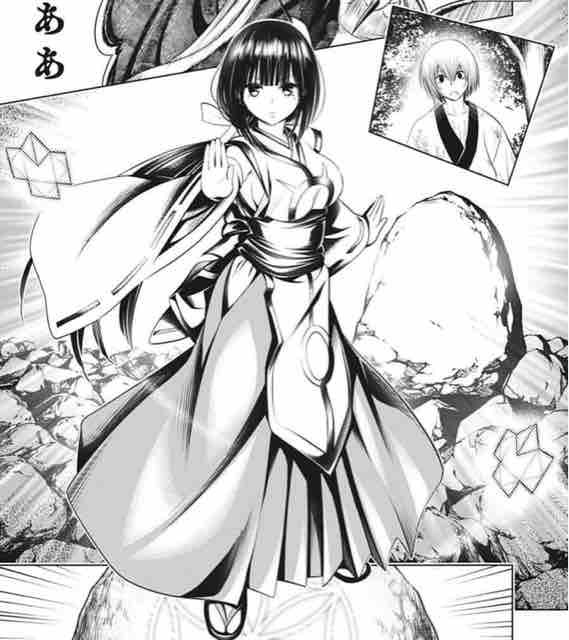
In particular, it is believed that Shinto, which is deeply connected to Japanese customs, has a great influence on our view of monsters. Shinto is a religion in which many gods appear, unlike Christianity, Islam, and other religions that you may imagine when you hear the word religion. Therefore, some gods get into trouble just like humans, and some gods are a nuisance to humans. For a long time, the Japanese have cultivated their culture while believing in such a wide variety of gods.
Animism and Ancient Japan
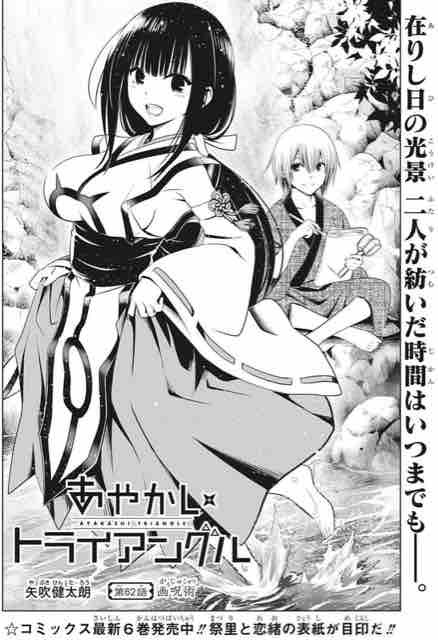
In this way, gods exist everywhere in our daily lives, and the form of faith in gods that are by no means perfect beings is called "animism." However, the Japanese originally believed that there were eight million gods in various places, and by worshiping these gods, they protected themselves from disasters such as natural disasters. Therefore, the Japanese are accustomed to the state in which "mysterious beings different from humans exist everywhere."
Did you get confused with continental culture? ?
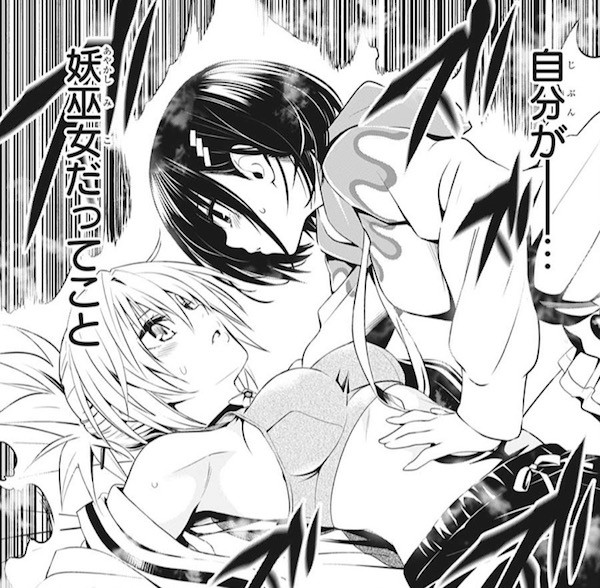
The Japanese have long been familiar with the idea of "animism," but as trade with China became more active, various cultures were gradually introduced from China. Typical examples include Buddhism and Confucianism, but as these cultures completely different from Shinto were introduced, Shinto gradually accepted various ways of thinking and progressed.
With "Shinbutsu Shugo" anything goes now
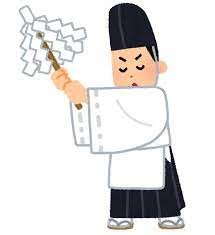
In particular, Buddhism became closely related to Shintoism, and a phenomenon called Shinbutsu Shugo occurred. This idea of believing in Buddhism regardless of where you met your parents was possible because Japanese people have an infinite number of gods and can worship any kind of being, and they were able to mix two completely different religions, Buddhism and Shintoism, and create a new religion in the world.
Diverse Japanese "Monsters"
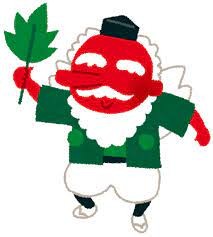
In this way, "Japanese monsters," which previously only included ancient Japanese gods, have come to include a mix of "monsters and anecdotes" that were introduced from China.
Imported monsters
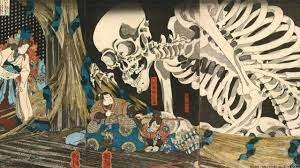
As such, Japanese monsters are not only unique to Japan, but also include many international monsters imported through China.
Shintoism is where it all began
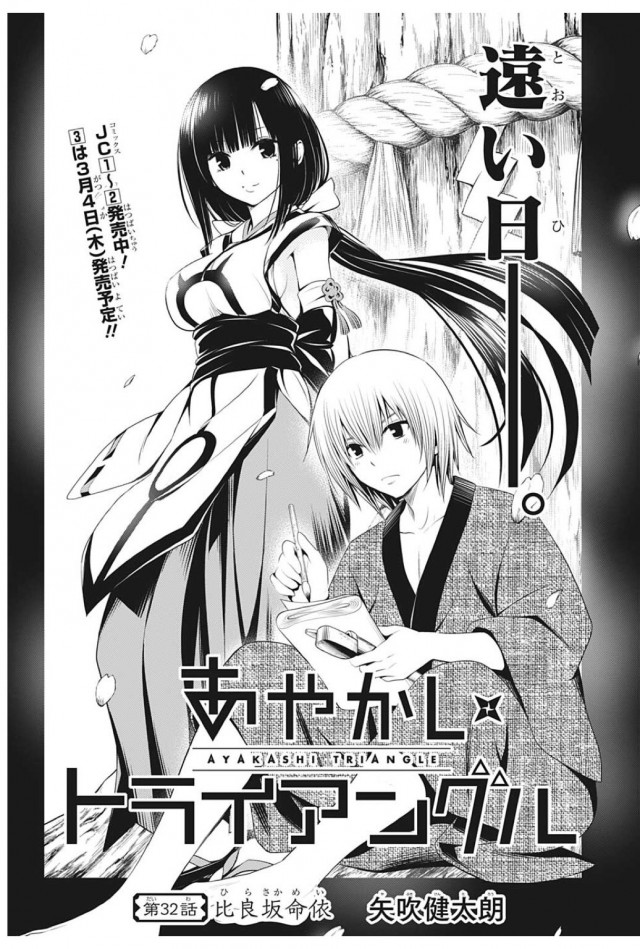
As a result, many Japanese monsters with completely different concepts have begun to appear. It can be said that the reason why Japanese people were able to accept such a wide variety of monsters is because they have traditionally believed in the animistic religion of Shinto.
The soil for the development of character goods was already there
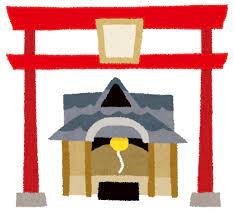
It was because monsters from various countries were treated as part of the faith through faith that Japan had the opportunity to come into contact with many characters. It is thought that the soil of this way of thinking about monsters eventually became the soil for "character goods" that gave birth to a wide variety of Japanese characters.
Let's organize Japan's monsters!
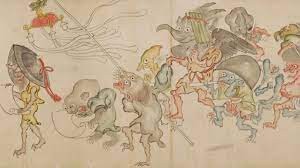
As you can see, the reason why there are such a wide variety of monsters in Japan is because of the country's history of importing many monsters in addition to the gods that have existed since ancient times. From here on, I would like to introduce in more detail the various monsters that have been introduced into Japan.
Ayakashi/Yokai
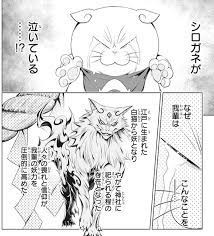
The main ayakashi characters in this work are also commonly called yokai. They are not clearly classified, but are simply categorized as beings that harm humans.
Why "Ayakashi Triangle"? ?
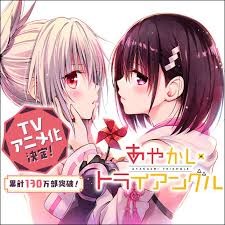
Therefore, even if they are demons or gods, if they mislead humans, they are classified as ayakashi. Since there are many monsters in this work, all the characters in these categories are collectively referred to as "ayakashi."
Oni
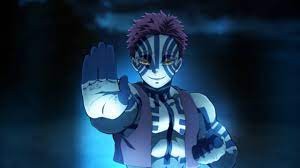
Oni is a concept originally brought over from China, and in the West it is like a zombie. Originally, it was a dead corpse that came to life and harmed people, but in Japan, the concept gradually wavered, and the word "oni" came to be applied to a state in which a human has become too violent, or to a being with powers far beyond human abilities.
Gods
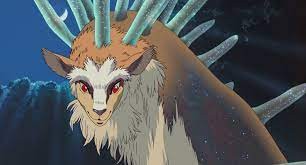
Gods are a concept that has existed since ancient times in Japan, and they are probably the most familiar monsters to Japanese people. Generally, gods are often spoken of as creators who imagined the world or beings who created humans, but that is a Western concept, and originally Japanese gods existed in the natural world and attracted faith as mysterious beings with powers that surpassed humans.
Are Japanese gods more like monsters? ?
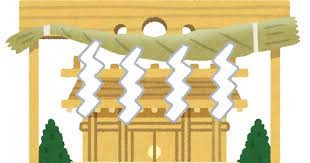
Therefore, gods are uncontrollable beings that do good and bad things to humans. They are truly worthy of being described as monsters.
Shikigami
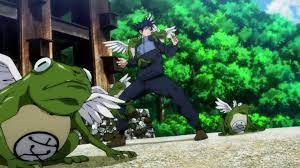
Shikigami is also a concept that came from China, and refers to servant gods that humans use for their own benefit. Unlike demons or gods, they are monsters with a spirit-like image. The scene where onmyoji possess origami and use it to exorcise evil spirits is very famous.
In other countries, they are all called "monsters"
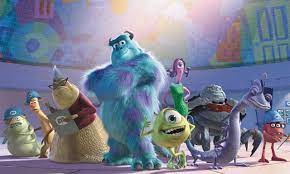
As you can see, even though we call them monsters in Japan, there are many different types of monsters. On the other hand, monsters are not classified in such detail overseas, and are simply depicted as "monsters." Since there is no polytheistic culture like in Japan, they cannot even understand the concept that gods are a type of monster.
Summary
What did you think? This time, through the film "Ayakashi Triangle," we introduced the mysterious Japanese view of monsters. It is believed that the reason why such a wide variety of monsters have been depicted is due to the unique view of monsters that the Japanese have cultivated. While watching this film, be sure to pay attention to the wide variety of monsters that appear.

